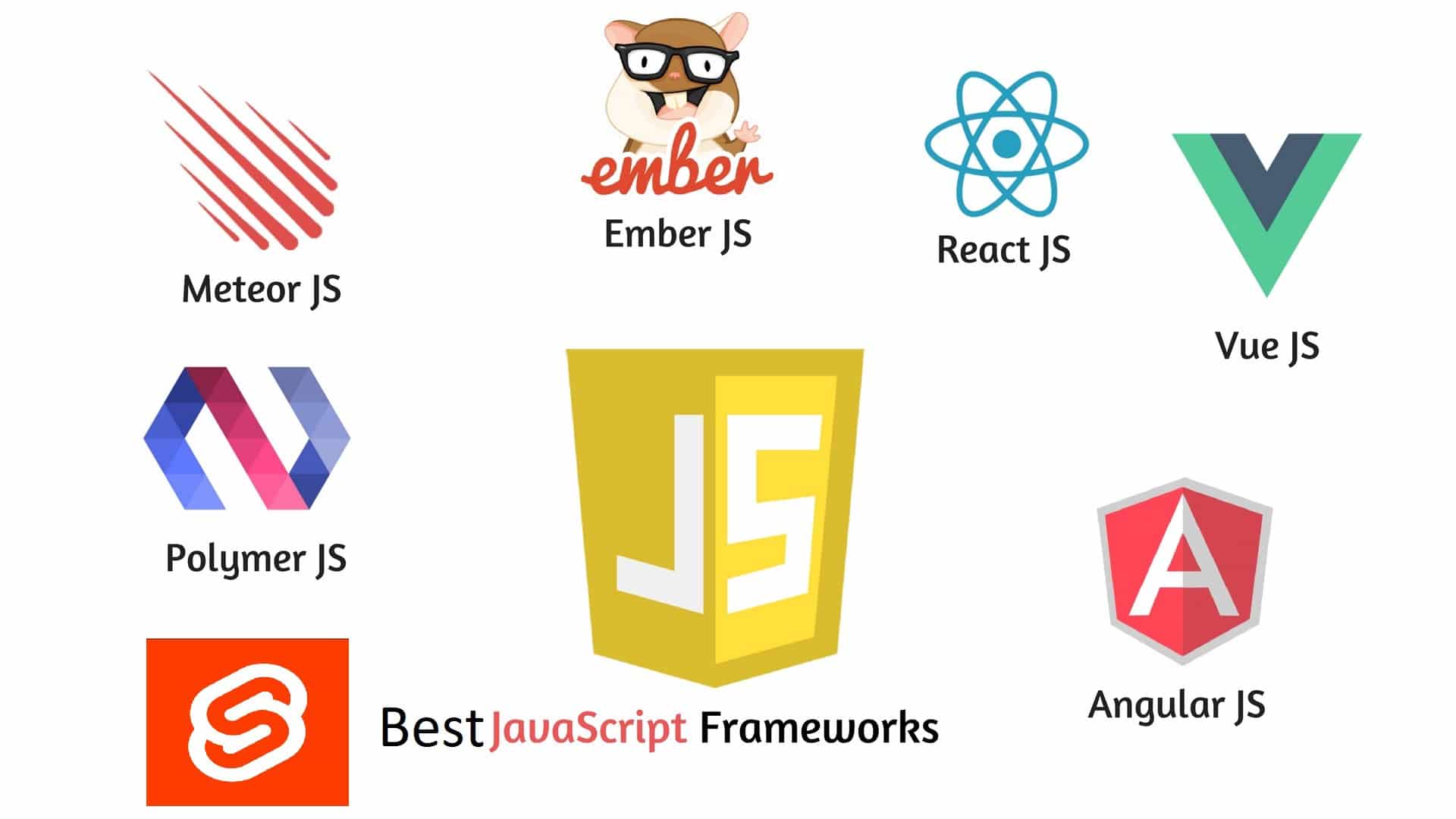Cao News Hub
Your daily source for trending news and informative articles.
Framework Follies: Choosing the Right One for Your Project
Unlock the secrets to picking the perfect framework! Avoid pitfalls and supercharge your project with our essential guide.
The Ultimate Guide to Framework Selection: What You Need to Know
Choosing the right framework for your project is a crucial step that can significantly impact your development process and the overall success of your application. In the ultimate guide to framework selection, we'll explore key factors to consider, including performance, scalability, community support, and ease of use. Start by evaluating your project requirements and existing technology stack, as these will guide you towards frameworks that best fit your needs. Common frameworks like React, Angular, and Vue.js each have their unique strengths, making it essential to align your choice with both current and future project demands.
Moreover, it's important to keep in mind long-term maintenance and developer proficiency when selecting a framework. A framework that is easy to learn but lacks robust community support can lead to challenges down the line. Consider these critical factors:
- Documentation: Ensure comprehensive documentation is available.
- Community: A vibrant community often translates to more resources and third-party tools.
- Performance: Analyze how the framework handles high loads and large datasets.
By taking a thoughtful approach to framework selection, you can set the stage for a successful development journey.

5 Common Framework Pitfalls: How to Avoid Making the Wrong Choice
When selecting a framework for your next project, it's crucial to avoid common pitfalls that can lead to costly mistakes. One of the most prevalent mistakes is overlooking project requirements. Before you choose a framework, conduct a thorough analysis of your project's needs, including scalability, performance, and team expertise. This will help you determine if a given framework can meet your specific technical requirements.
Another common issue is ignoring community support and documentation. A framework with a robust community can offer invaluable resources, such as tutorials, forums, and plugins that enhance development. If you choose a framework that lacks documentation or is poorly supported, you may find yourself struggling to troubleshoot issues or integrate new features. By prioritizing frameworks with strong community backing, you can mitigate risks associated with choosing the wrong technology.
Framework Showdown: Which One Truly Fits Your Project Needs?
When embarking on a new development project, choosing the right framework is crucial to ensure efficiency and effectiveness. With numerous options available, such as React, Angular, and Vue.js, each framework offers unique features that cater to different project requirements. A thorough understanding of each framework's advantages and limitations can help developers make informed decisions. Consider factors such as project size, team expertise, and performance needs when evaluating which framework aligns best with your specific goals.
Moreover, the decision-making process can be further streamlined by evaluating the community support and documentation surrounding each framework. For instance, frameworks with robust communities often provide extensive resources, plugins, and troubleshooting assistance, making them more appealing for new projects. It's also beneficial to analyze case studies and real-world applications of each framework to see how they perform in practice. Ultimately, the right framework should not only fit your project needs but also provide a sustainable path for future development and scalability.